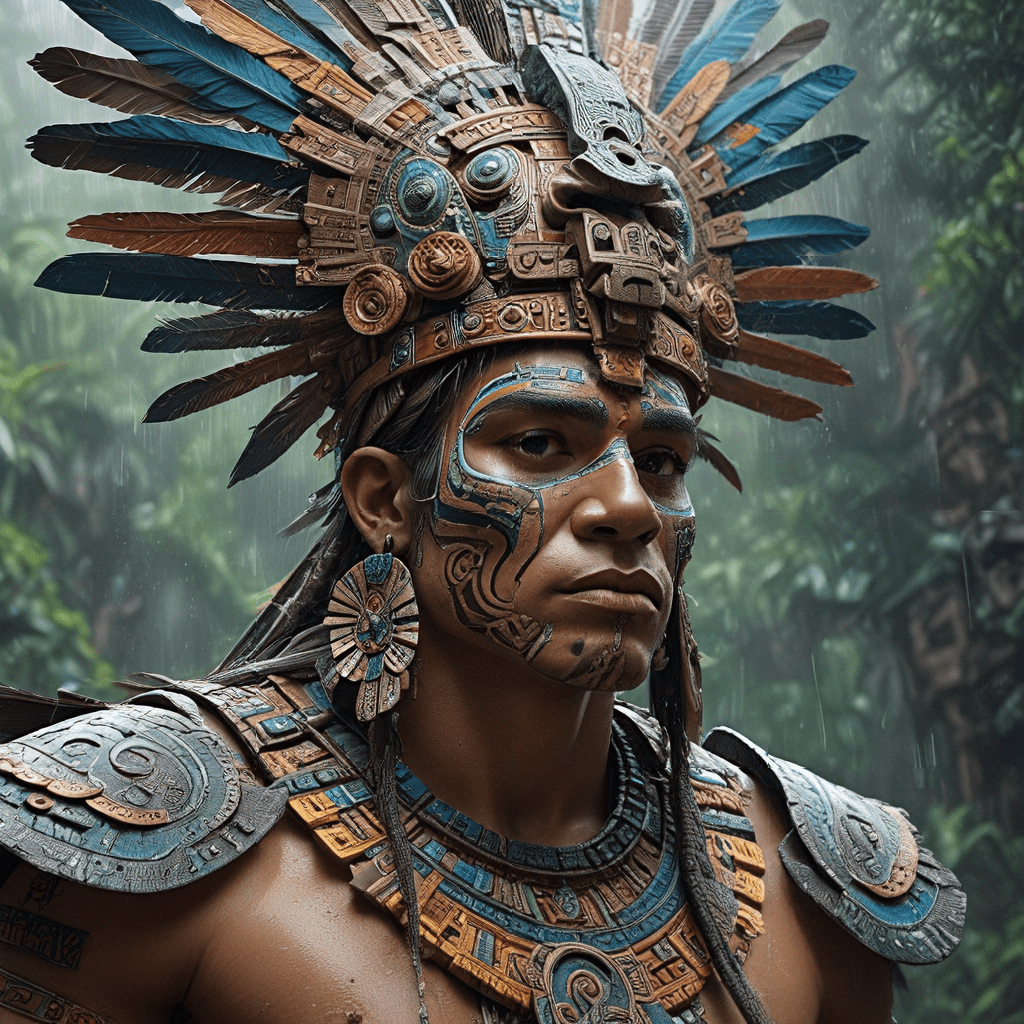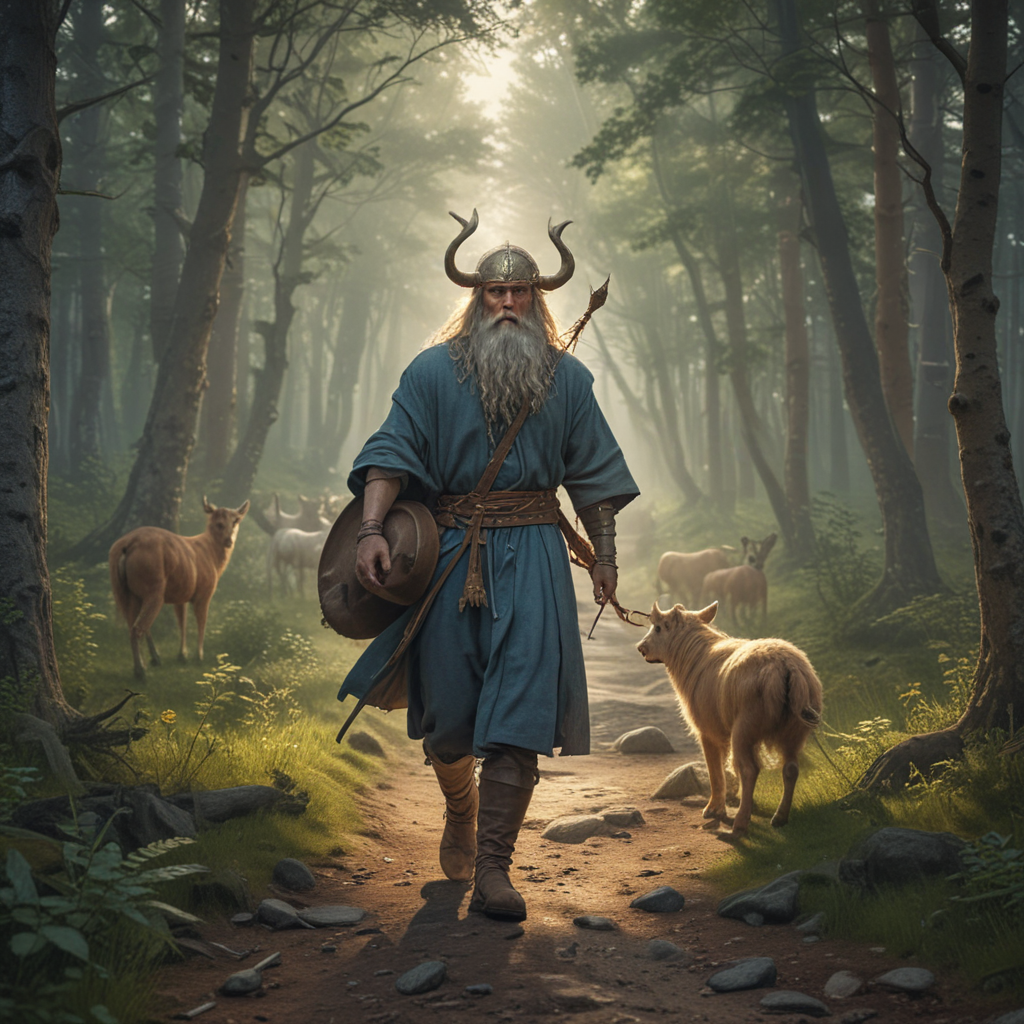The Clash of the Titans: Legendary Showdowns in Myth
I. Introduction
In the realm of mythology, Titans represent the ancient and powerful forces that shaped the cosmos. Defined as primordial beings, they hold a significant place in various mythological narratives, particularly within Greek mythology. Legendary showdowns, such as those between Titans and Olympian gods, not only serve as riveting tales but also explore fundamental themes of power, rebellion, and the nature of existence.
This article delves into the key battles of mythological lore, focusing on the Titans, their origins, conflicts, and enduring influence on culture and art.
II. The Origins of the Titans
The Titans emerged from the chaos of creation, representing the first generation of divine beings in Greek mythology. They were born from Gaia (Earth) and Uranus (Sky), embodying various aspects of the natural world.
A. The Creation of the Titans in Greek Mythology
According to myth, the Titans were born from the union of Gaia and Uranus. They were numerous, but twelve were considered the principal Titans:
- Cronus
- Rhea
- Oceanus
- Tethys
- Hyperion
- Theia
- Coeus
- Phoebe
- Krios
- Themis
- Mnemosyne
- Iapetus
B. Key Figures: Cronus, Rhea, and Their Offspring
Cronus, the leader of the Titans, overthrew his father Uranus, symbolizing the cyclical nature of power and the inevitable rise and fall of rulers. His wife, Rhea, bore several children, including Hestia, Hera, Demeter, Poseidon, Hades, and Zeus. The tension between Cronus and his offspring set the stage for pivotal conflicts.
C. The Role of Titans in the Cosmic Order
The Titans played a crucial role in establishing the early cosmic order. They governed various aspects of the world, from time and memory to the ocean and the harvest. However, as the Olympian gods emerged, the Titans became increasingly obsolete, leading to the legendary conflicts that would redefine the hierarchy of divine beings.
III. The Titanomachy: The Battle for Supremacy
The Titanomachy was a monumental war between the Titans, led by Cronus, and the Olympians, led by Zeus. This epic conflict was marked by fierce battles and shifting allegiances.
A. The Prelude to War: Tensions Between Titans and Olympians
The tensions escalated when Zeus and his siblings sought to overthrow their tyrannical father, Cronus, who had swallowed his children to prevent them from challenging his rule. The Olympians, with the support of other deities and creatures, prepared for war.
B. Key Battles and Strategies Employed
The battles of the Titanomachy were characterized by monumental confrontations, with Titans using their immense strength and ancient powers against the cunning and strategic prowess of the Olympians. Key strategies included:
- Alliances with other mythological beings, such as the Cyclopes and the Hecatoncheires.
- Utilizing the power of lightning and thunder by Zeus to overpower the Titans.
- Employing deception and clever tactics to gain the upper hand.
C. The Outcome: The Fall of the Titans
Ultimately, the Olympians emerged victorious, leading to the imprisonment of the Titans in Tartarus, a deep abyss used as a dungeon of torment. This marked a significant shift in the cosmic order, establishing the Olympians as the new rulers of the universe.
IV. Prometheus vs. Zeus: The Struggle for Humanity
Among the Titans, Prometheus stands out for his defiance against Zeus, epitomizing the struggle for humanity’s advancement.
A. The Titan’s Gift: Fire and Knowledge
Prometheus, known as the “forethought,” stole fire from the gods and gifted it to humanity, symbolizing enlightenment and progress. This act of rebellion against Zeus was a pivotal moment in myth.
B. Zeus’s Punishment and Its Implications
In retaliation, Zeus punished Prometheus by having him bound to a rock, where an eagle would eat his liver daily, only for it to regenerate each night. This punishment highlights the consequences of challenging divine authority and the suffering that can accompany the pursuit of knowledge.
C. The Legacy of Their Conflict
The conflict between Prometheus and Zeus serves as a cautionary tale about the limits of defiance and the moral complexities of progress. It emphasizes the enduring relationship between humanity and the divine.
V. The Gigantomachy: Titans vs. Giants
The Gigantomachy represents another significant conflict in mythology, this time pitting the Olympians against the Giants, monstrous offspring of Gaia.
A. The Emergence of the Giants
The Giants arose from the blood of Uranus, cast aside by Cronus, and sought revenge against the Olympians. This new race of beings posed a formidable challenge to the established order.
B. Major Players in the Battle
Key figures in the Gigantomachy included:
- Alcyoneus: The mightiest of the Giants, who could only be defeated on his homeland.
- Enceladus: Known for his strength and fury in battle.
- Porphyrion: The king of the Giants, who attempted to capture Hera.
C. The Significance of the Conflict in Mythology
The Gigantomachy symbolizes the struggle between civilization and chaos, as the Olympians fought to maintain order against the primal forces embodied by the Giants. This conflict further solidified the Olympians’ supremacy.
VI. Norse Mythology: The Clash of Gods and Giants
While Greek mythology is rich with tales of Titans, Norse mythology presents its own epic battles between gods and their primordial foes, the giants.
A. The Role of Frost Giants and Their Leaders
In Norse lore, the Frost Giants, led by Ymir, represented chaotic forces that were in constant conflict with the Aesir gods, like Odin and Thor. These giants embodied the harshness of nature and the cold vastness of the world.
B. Ragnarok: The Ultimate Showdown
Ragnarok, the prophesied end of the world, culminates in a cataclysmic battle between gods and giants, illustrating themes of destruction and rebirth. Key moments include:
- The awakening of the giants from their slumber.
- The final battle where many gods, including Odin and Thor, meet their fates.
C. Comparisons with Greek Titan Conflicts
Both mythologies explore similar themes of conflict, power struggles, and the cyclical nature of existence. While the Titanomachy focuses on the transition of power from Titans to Olympians, Ragnarok emphasizes the inevitable decline of even the most powerful deities.
VII. The Influence of Titan Battles on Art and Literature
The clashes of Titans and gods have inspired countless artistic and literary works throughout history.
A. Depictions in Ancient Art
Ancient Greek pottery and sculptures often depicted scenes from the Titanomachy and Gigantomachy, showcasing the dramatic battles between these formidable forces. Notable examples include:
- The friezes of the Pergamon Altar, illustrating the Gigantomachy.
- Vases depicting the Titanomachy, highlighting the dynamic action of the battles.
B. Literary References Through the Ages
Mythological battles have been referenced in various literary works, from ancient texts like Hesiod’s “Theogony” to modern interpretations in poetry and prose, reflecting society’s fascination with these epic conflicts.
C. Modern Adaptations in Film and Media
Contemporary films, such as “Clash of the Titans” and “Immortals,” have reimagined these legendary battles, bringing them to a new audience and showcasing their timeless appeal.
VIII. The Symbolism of



